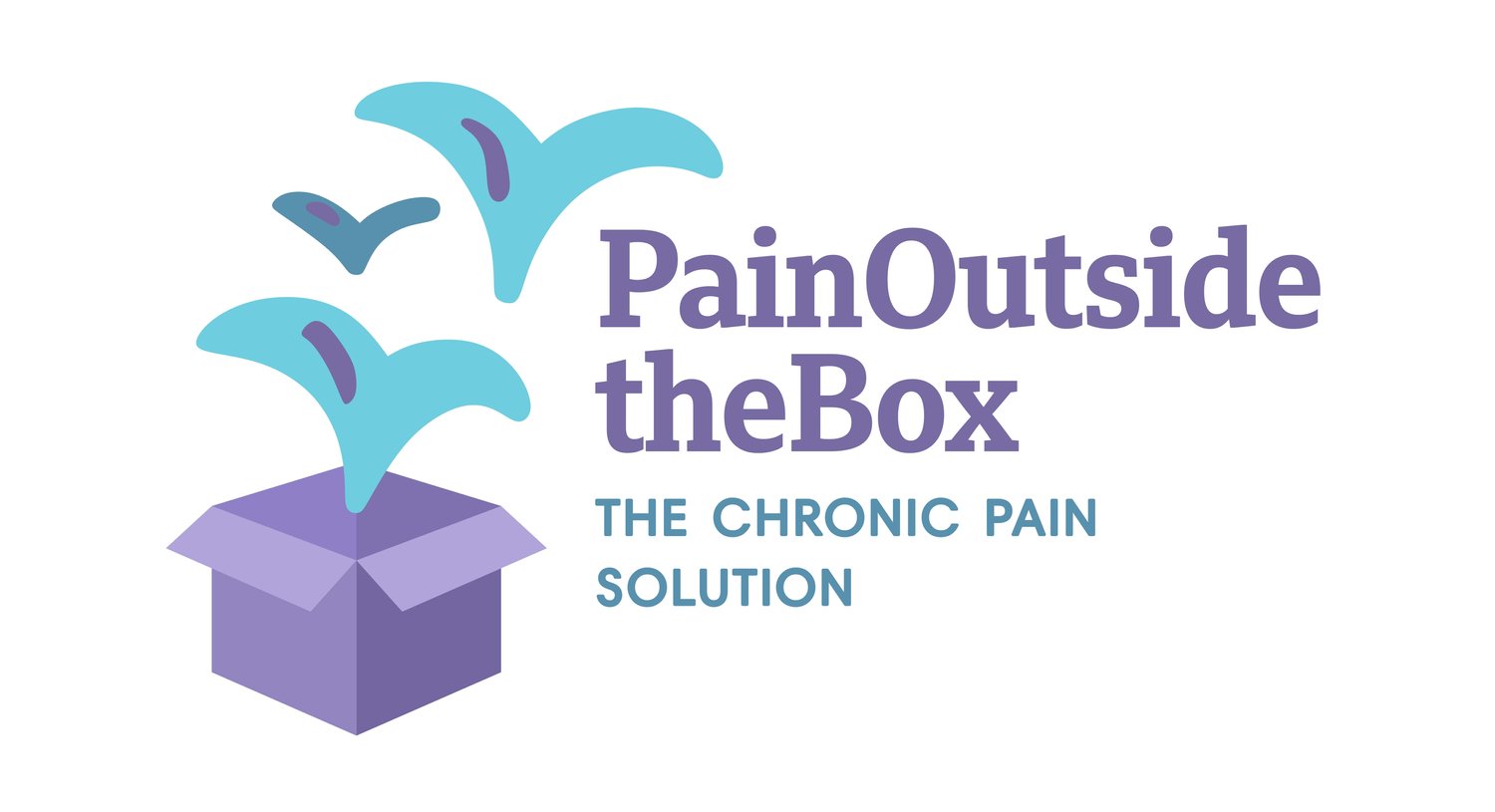The difference between Acute Pain and Chronic Pain
Before treating your symptoms as TMS, it is crucial to learn one important distinction - that between acute pain and chronic pain (tms pain). To keep things simple, I shall seek to explain it with a common example.
Acute Pain is the kind of pain we feel whenever we are either injured or ill. Practically everyone has twisted an ankle at some point in his or her life, or bruised a knee - that is acute pain, the shooting pain you feel as you hurt yourself, and in the following days until the injury heals. Acute pain is meant to protect us from harming ourselves further. If we’re running and we twist our ankle, we don’t want to keep running that day - therefore, the nerves in the ankle send a signal to the brain, and the brain sends back the alarm, in the form of pain.
If acute pain didn’t exist, then we risk injuring ourselves fatally or severely. Let’s say a young boy decides to touch a very hot surface. The shooting pain he experiences immediately will cause him to back away, therefore protecting him from severe burning.
Acute pain never lasts for very long, unless we are ill or have a chronic infection. Even when we break a bone, typically the pain goes away even as it’s still healing. In that sense, it is the ‘good’ type of pain, designed to protect us and get us back into action as fast as possible (but not too fast, to avoid re-injury while it’s still healing).
Chronic Pain is a persistent type of pain that may feel similar to acute pain, but which we can’t seem to get rid of. Let’s take the example of the sprained ankle again. Let’s assume that two runners, John and Mary, have sprained an ankle on the same day, in the same manner. John rests it, goes for physiotherapy and eases back into running 5 weeks later. Mary rests it and goes for physiotherapy too, but when she tries to run, she starts feeling the same pain after the run. Mary assumes that her ankle isn’t healed, and does further physiotherapy. She keeps feeling the pain now and again, which changes in intensity depending on the level of activity. When she tries to run, it gets worse and worse. Mary’s pain has now become chronic. To make matters worse, the pain spreads to her calf, and she gives up on running altogether.
So why did John recover whereas Mary didn’t, if both had the same injury? Was Mary’s body weaker? Did she re-injure it when she started running again? The answer to both questions, in 99% of cases, is NO. But the fact is, if you ask Mary, she’d probably say yes. Her ankle is ‘done for’. She’s been to the best physiotherapist after all, she rested it and was cautious not to overdo it, but she’s still experiencing intense pain. If you’ve been there, then you know how frustrating it can be.
Chronic pain is a kind of conditioned pain that the body has learnt to produce, following a specific trigger. In Mary’s case, the trigger is running. Following the injury, her subconscious brain now believes that running will always be dangerous for her. To protect her, the brain sends the same pain signal it used to send when she experienced acute pain. It will continue to send the same signal for as long as Mary fears the act of running. Unfortunately, since she feels the pain each time she runs, Mary starts fearing it more and more.
With chronic pain, there is typically more at play than just fear of activity. In fact, it is common for it to start as a ‘fake’ injury - we think we injured ourselves whereas in fact, we haven’t. We make a movement, lift something a bit heavier than usual, and there it is. Yet in each case, it is the brain thinking that harm is being done to the body, and the body responding as if this were true. A real physical sensation is produced in the body, so there really is something in the muscles, ligaments or nerves that is causing intense pain - what I mean here is, it is not All in the mind.
When we are stressed, anxious, going through a significant change in our lives, or repressing some very strong emotions, there is even more likelihood for us to experience chronic pain. This is because chronic pain manifests when we believe there is a threat - whether this is a threat of re-injuring ourselves, a threat of facing some horrible feelings, a threat to our freedom or safety. But we’ll save this stuff for another lesson!



